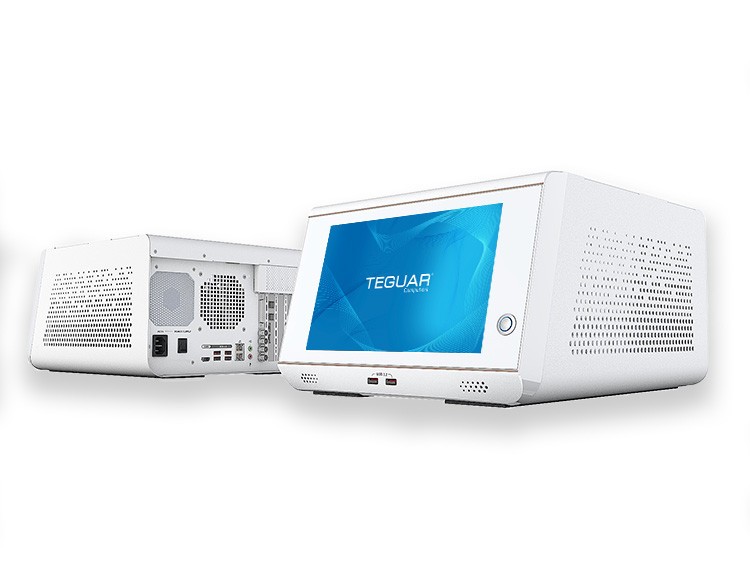Healthcare Collaboration
 In the world of healthcare, collaboration is key as there are many software and hardware providers, as well as systems integrators. Over the past few years, I’ve had the privilege of working with some medical OEMs (Original Equipment Manufacturers) as they pursue providing a better and more effective solution to positively impact their most valuable asset, the patient.
In the world of healthcare, collaboration is key as there are many software and hardware providers, as well as systems integrators. Over the past few years, I’ve had the privilege of working with some medical OEMs (Original Equipment Manufacturers) as they pursue providing a better and more effective solution to positively impact their most valuable asset, the patient.
One medical OEM I encountered about 5 years ago, demonstrates what’s needed to bring an original medical device, integrated with a computer, to the market. The medical device company was searching for a suitable computer hardware platform that was 60601-1 certified and had a PCIe slot for a graphics card, as well an anti-bacterial enclosure. The medical device, an autonomous tissue removal robot, would be used to treat lower urinary tract symptoms due to BPH (enlarged prostate). The TM-3010-22F (so named at the time), a medically certified all-in-one computer, provided the perfect hardware platform that met their needs in terms of computer performance and medical compliance.
After Teguar’s medical computer was approved in terms of the hardware performance, the device was used in clinical trials outside the United States starting at the end of 2015. After a couple years of successful trials abroad, which included a 181 patient, double-blind randomized clinical trial, the technology for the treatment of prostate disease gained approval by the FDA for access to the U.S. market.
Today, about 150 devices have been deployed and are creating a better healthcare experience for patients by reducing the invasiveness of the surgery and minimizing complications that are commonly experienced in current methods for the removal or prostatic tissue. In the coming year, the device manufacturer expects the device to gain traction in terms of deployment and market use.
I believe this collaboration has been successful, not only because we could provide computer hardware that fit their need for a 60601-1 certified AIO medical PC, but also because of timely communication and detailed responses, which was required to keep the project on solid ground. The TM-3010-22F provided a forward-looking medical computer platform that met the needs at the time, in terms of spec requirements, but also would meet the stringent FDA requirements once that stage of the process was achieved. Teguar was also able to provide a current, stable computer hardware technology that would minimize the need for the OEM to constantly update their software during the development and trial phases.
Overall, when approaching collaborations of this nature, both sides must be willing to communicate their computer hardware requirements and capabilities, as well as the desire to invest time and money. Both sides must be dedicated to making the project successful. With this type of partnership, we set ourselves up for a higher chance of success in the long run and create devices that have a lasting impact on healthcare.












